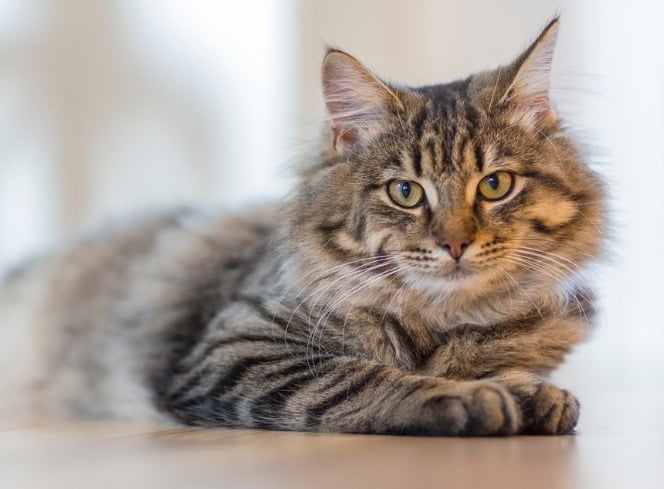Cats are enigmatic and beloved creatures, who communicate a rich tapestry of emotions and intentions through their body language. Understanding your domestic cat's body signals, especially their tail language, posture, eye movements, and sleeping positions, can unveil a secret world of feline communication.
Decoding Cat Tail Language
The cat's tail serves as a prominent indicator of its mood and feelings. An upright tail with a slight curve at the tip often signifies a content and friendly disposition. Conversely, a tucked or lowered tail could indicate fear, submission, or discomfort. It's crucial to consider the context and other body signals alongside tail movements to interpret a cat's emotions accurately.

Interpreting Cat Posture and Positions
A cat's posture speaks volumes about its state of mind. For instance, an arched back might denote fear or aggression, while a relaxed, sprawling posture signals comfort and trust. Understanding the nuances of cat body language chart can help discern their feelings and needs more effectively.
Insights from Cat Eye Language
The eyes, often referred to as the windows to the soul, play a pivotal role in feline communication. Dilated pupils may indicate excitement or arousal, while narrowed eyes can signal aggression or irritation. Additionally, slow blinking from a cat can convey affection and trust, akin to a feline "kiss."

Detecting Illness through Body Language
Observing changes in your cat's usual body language can provide crucial clues about its health. Signs like decreased activity, altered posture, changes in eating habits, or avoiding social interaction might indicate underlying sickness. Prompt attention to these shifts and consulting a veterinarian is essential for your cat's well-being.
Understanding Kitten and Adult Cat Body Language
Kittens communicate differently from adult cats. While kittens might exhibit more exaggerated movements and playfulness, adult cats tend to be more subtle and nuanced in their expressions. Learning to distinguish between the body language of kittens and mature cats aids in better interaction and care.
Using Body Language Cat Sleeping Positions as a Guide

Cat sleeping positions offer insights into their comfort levels and trust in their environment. A relaxed, exposed belly indicates a high level of comfort, while a curled-up posture may suggest a need for security and warmth.
In essence, comprehending feline body language is an art requiring keen observation and empathy. By familiarising oneself with cat tail meanings, postures, eye movements, and sleeping positions, cat owners can build stronger bonds with their furry companions and respond more effectively to their needs.
Remember, each cat is unique, and understanding their individual cues and behaviours is key to nurturing a fulfilling relationship. Stay attentive to your cat's body language, as it serves as a bridge to their world, allowing for deeper connections and a happier, healthier feline friend.































































































